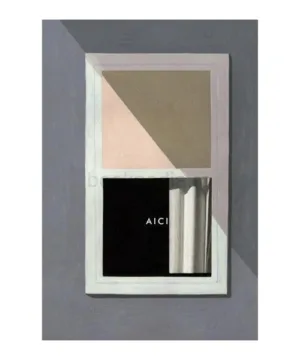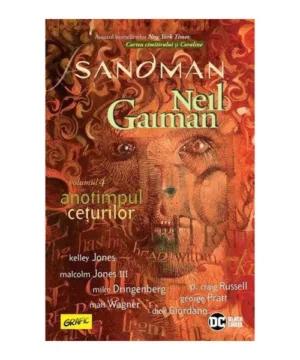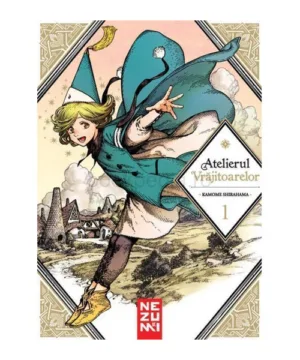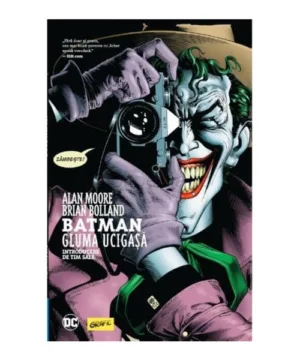
Haideti sa coloram! Pentru fetite
9,81 lei

Animale. Privește și descoperă
13,99 lei
Atlas of roman pottery workshops from the provinces Dacia and lower Moesia/Scythia minor (1st – 7th centuries ad)
142,50 lei
| Authors | Vioricarusu Bolindet, Cristian Aurel Roman |
|---|---|
| Publisher | MEGA |
| Year | 2018 |
| Pages | 242 |
Informații suplimentare
| General | |
|---|---|
| Authors | Vioricarusu Bolindet, Cristian Aurel Roman |
| Publisher | MEGA |
| Year | 2018 |
| Others | |
| Identification | |
| ISBN-13 | 9786065439979 |
| Format | |
| Dimensions | 210x297 |
| Pages | 242 |
Descriere
Autori: Vioricarusu-Bolindet, Cristian-Aurel Roman, Monica Gui, Iulia-Alexandra Iliescu, Florin-Ovidiu Botis, Silvia Mustata, David Petrut
„Roman pottery is an important indicator of provincial economic life at multiple levels. the detailed study of this material culture category provides valuable information regarding the characteristics of the local ceramic industry and the geographic distribution of its products, either regionally or at the scale of whole the Empire, but is equally revelatory for the reconstruction of various aspects regarding the local population's everyday life. their culinary preferences are reflected by their choice of cooking, serving, storing, and transportation vessels, furthermore, the funerary rites can also be differentiated according to the pottery gravegoods, while the patterns of construction activities can be highlighted by the quantity of ceramic building material (CBM) produced and used in various periods.
The ceramic goods were produced in workshops whose integral structures were often only superficially treated within the investigation of certain sites, thus hindering the possibility of elucidating the process and organization of the pottery production of these provincial centres. For this reason the information needed to outline a comprehensible image concerning this important branch of the ancient economy has to be pieced together from fragmentary datasets which once joined together offer an extremely interesting picture.” (Introduction)














